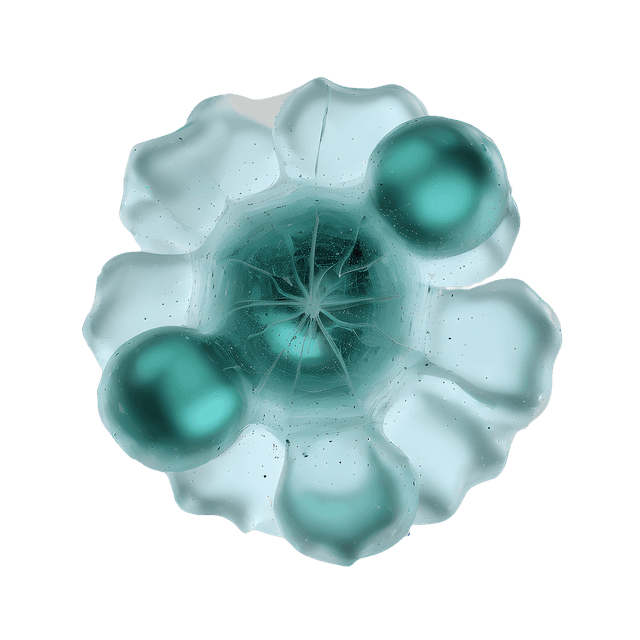Hemochromatosis is a disease that causes the body to absorb and store too much iron from the diet. This leads to an excess of iron that can accumulate in various organs and tissues, especially the liver, heart and pancreas. The excess iron can damage these organs and lead to serious health problems if left untreated.
Causes of Hemochromatosis
The most common form of hemochromatosis is hereditary and is caused by mutations in the HFE gene. People with mutations in this gene, especially C282Y mutations, have an increased risk of developing the disease. There are also other, less common genetic forms of hemochromatosis as well as acquired forms that may be due to other medical conditions or excessive iron supplementation.
Symptoms of Hemochromatosis
The symptoms of hemochromatosis often develop gradually and can be vague. They include:
Chronic fatigue and weakness
Joint pain and stiffness
Stomach pain, especially in the upper right part of the abdomen
Changes in skin color, such as a gray or bronze tone
Unexplained weight loss
Cardiac symptoms such as palpitations or heart failure
Diabetes, due to damage to the pancreas
Liver problems such as enlarged liver, liver cirrhosis or liver cancer
Diagnosis of Hemochromatosis
The diagnosis of hemochromatosis is often made through blood tests that measure:
Serum ferritin: A protein that stores iron, high levels may indicate iron overload.
Transferrin saturation: The proportion of transferrin (a transport protein for iron) that is saturated with iron. High values may indicate overload.
Genetic tests: To identify mutations in the HFE gene.
Treatment of Hemochromatosis
Treatment focuses on reducing excess iron in the body:
Phlebotomy (venipuncture): Regular removal of blood to reduce iron levels.
Chelation: Medicines that bind iron and help the body excrete it, used when phlebotomy is not possible.
Lifestyle advice for Hemochromatosis
Diet: Avoid iron-rich foods and iron supplements. Limit intake of vitamin C, which increases iron absorption.
Avoid alcohol: Alcohol can worsen liver damage.
Regular medical follow-up: To monitor iron levels and organ function.
Hemochromatosis can be managed effectively with early diagnosis and treatment, which can prevent or reduce the complications and improve the quality of life for those affected.






















